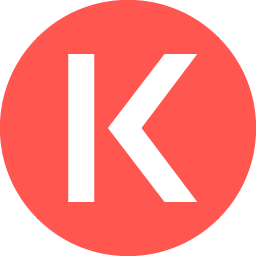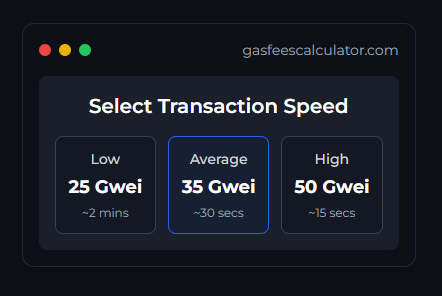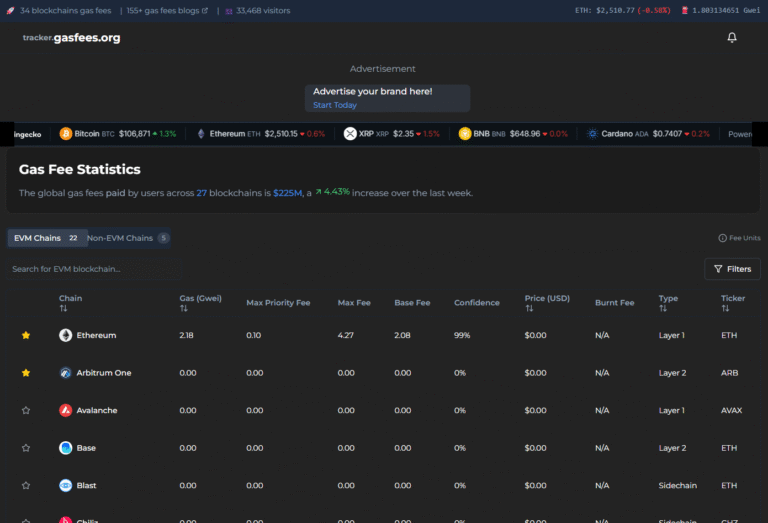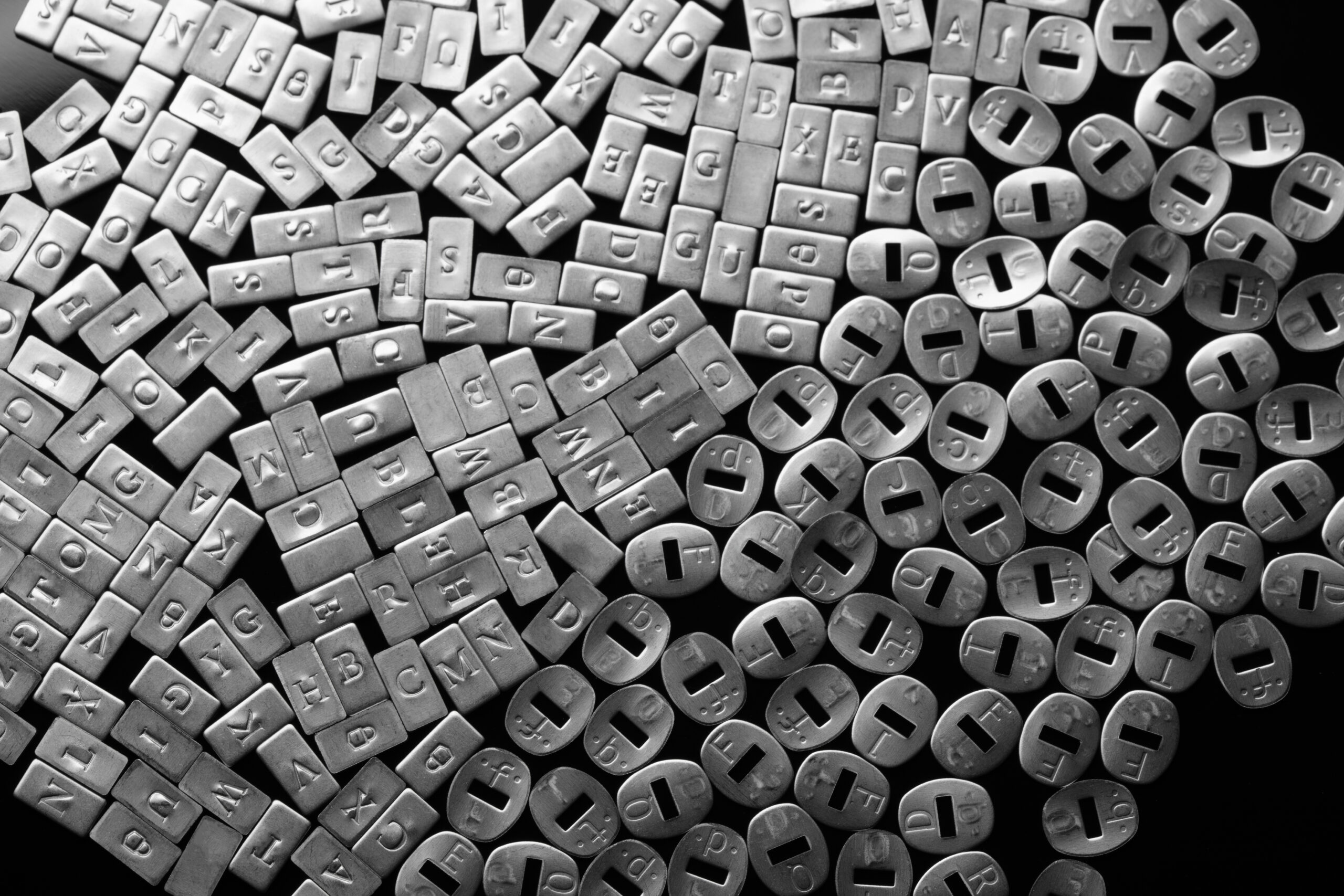
What are kava gas fees?
Ethereum, a major player in this space, often struggles with congestion and high gas fees. Optimism, a Layer 2 solution, offers hope by improving efficiency and reducing costs.
This article explores Kava’s gas fees, their function, and their impact.
The Essence of Gas Fees
Gas fees are charges users pay when interacting with blockchain networks. These fees reward validators for processing transactions and deter spam. For Kava, a notable blockchain platform in decentralized finance (DeFi), gas fees are crucial for network operations.
Kava: An Overview
Kava is renowned in the DeFi sector for its interoperability, security, and decentralized services. It requires a fee structure to operate, similar to other blockchains.
Kava Gas Fees Explained
Kava gas fees apply to transactions within its ecosystem. They vary by transaction type and complexity, incentivizing validators and ensuring network stability.
Types of Kava Gas Fees
- Transaction Fees: Applied for basic operations like token transfers, smart contracts, and DApp interactions.
- Stability Fees: Associated with Kava’s stablecoin issuance, incurred when creating or redeeming stablecoins.
Determinants of Kava Gas Fees
Several factors influence Kava gas fees:
- Network Congestion: High demand raises fees as users compete for prompt transaction processing.
- Gas Price: Users can set their gas price; higher prices may lead to quicker transactions.
- Transaction Complexity: More complex operations require more computational resources, leading to higher fees.
- Gas Limit: Users specify a gas limit, affecting the maximum fees incurred.
Impact on DeFi Users
DeFi users on Kava frequently interact with the blockchain, leading to significant gas fees over time. Awareness and management of these fees are vital for informed financial decisions.
Managing Kava Gas Fees
Users can optimize their experience by:
- Gas Price Optimization: Selecting gas prices based on transaction urgency.
- Off-Peak Usage: Transacting during lower network congestion to reduce fees.
- Fee Estimators: Using tools to predict appropriate gas prices.
- Batch Transactions: Combining multiple operations to lower overall fees.
Future Prospects
Kava’s development team is exploring solutions to enhance scalability and reduce gas fees, aiming to improve user experience. Staying informed about these developments is crucial for navigating the evolving blockchain landscape.
Conclusion
Understanding Kava gas fees is essential for users engaging with its ecosystem. By comprehending the factors affecting gas fees and employing strategies to manage them, users can effectively navigate Kava’s DeFi landscape. Staying updated on gas fees and related advancements will be key as the blockchain space continues to evolve.
kava gas fees faqs
Transactions in Trust Wallet display ukava and BNB amounts in their smallest indivisible units. For example, 10 KAVA equates to 10,000,000 ukava, while 10 BNB translates to 1,000,000,000 bnb due to how these coins are represented in the source code.



